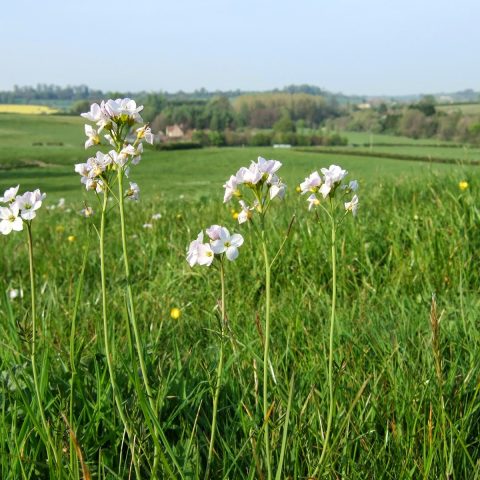Our story
Trees for Life has launched a project which could see the first introduction to the UK of a breed of huge wild cattle called ‘tauros’ – effectively reintroducing the aurochs, the wild ancestor of all domestic cattle, four centuries after its extinction.
Aurochs once roamed much of Europe as a keystone species, ensuring a rich mosaic of habitats including grasslands, forest, and wetlands.The muscular, long-horned tauros have been bred to be as similar as possible to the ancient aurochs – a mega-herbivore which for millennia played a vital role in shaping landscapes and boosting biodiversity across Europe, including Scotland.
Trees for Life aims to introduce a herd of up to 15 tauros from the Netherlands to its 4,000-hectare Dundreggan estate near Loch Ness in 2026, in a scientific research project to boost biodiversity and create opportunities for people, including education and eco-tourism.
Research in Europe shows these modern-day successors to the aurochs can help create exceptionally rich habitats for wildlife through their size and behaviour – being bigger and more active than other cattle, and interacting with their environment more dramatically.
Our advice
While no large animal – from deer to other cattle breeds – is entirely risk-free, people can coexist safely with tauros given appropriate precautions, public education about respecting their space, and good herd-management. Tauros are known to be placid, especially towards people, and have been bred from cattle breeds that are not unnaturally aggressive.
Being a cross-breed of cattle, tauros can be legally imported to Britain. Trees for Life intends to release the small herd in a way that lets the tauros behave as naturally as possible, and that balances rewilding benefits with conservation of recovering ecosystems.
The five-year project will strictly adhere to the legal and animal welfare requirements of keeping cattle. The tauros will be treated as farm animals but live as wild a life as possible. Signage and safety protocols will allow people to encounter them in a managed way.
Our metrics
Health of the herd. Habitat restoration and increased biodiversity. Reconnecting people with the land and engaging them in rewilding. Scientific research that contributes valuable data to rewilding in Scotland.







